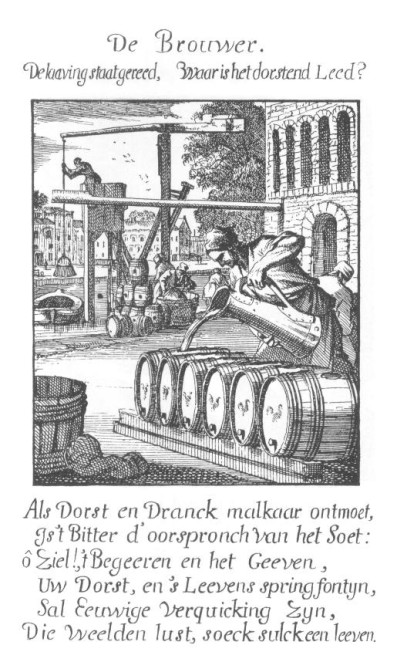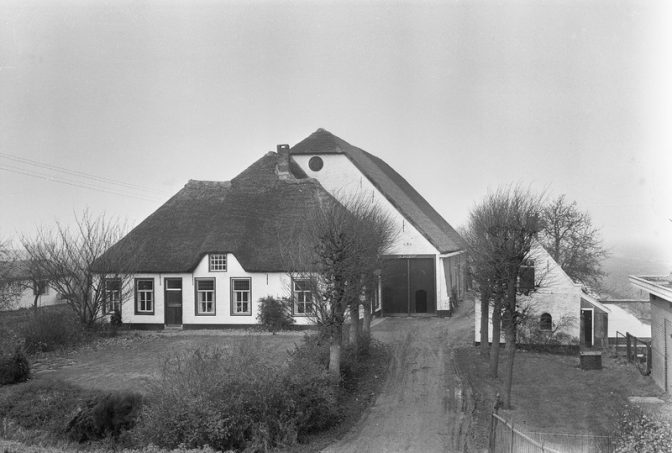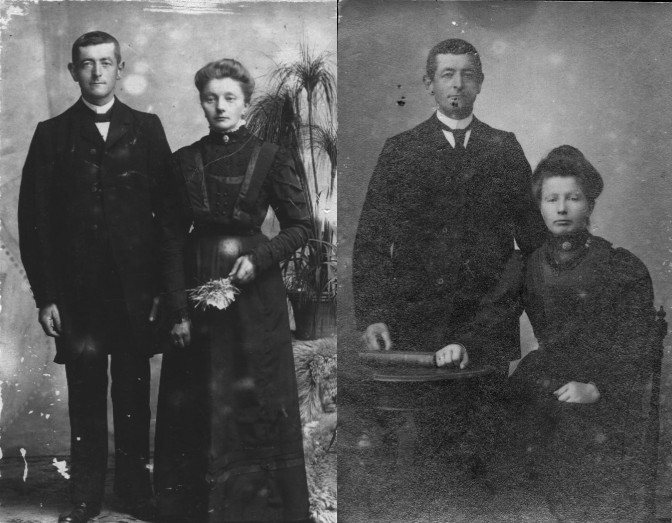Two months ago, I issued my Level-Up Challenge, challenging you to assess how complete your research is. By level 2, we know the names of our ancestors and where and when they were born, married and died. To reach level 3, we also have to know their occupations, places of residence, and their children and spouses.
In this blog post, I will explain which sources I feel I need to have found or searched for in order to say I have reached level 3.
Occupation
I want to find at least one source that tells me what occupation my ancestor had. Sources I might use include:
- Civil registration records of birth, marriage, and death. The civil registration was introduced in 1811 in most places in the country. They give the occupations of the parents, bride, groom, and deceased.
- Population registers that record who lived where. These records exist since 1850 throughout the Netherlands, with some earlier variations in some towns.
- Guild records that show membership of a guild. Guilds existed mostly in the western part of the Netherlands, until 1795.
- Court and notarial records. Wills, prenuptial agreements, land deeds, and other records often list the occupations of the parties. The evidence can be indirect. For example, if the estate inventory of a deceased person included a loom, the deceased was likely a weaver.
- Tax records. Some tax records include occupations. For example, a brewer was often charged extra hearth tax.
At level 3, I am satisfied if I know what occupation the ancestor had. At level 5, I may try to do more research into their professional life, for example by checking trade journals, which may mention the ancestor if they passed an exam, got transferred, or retired, or by researching the employer to see if any personnel records survive. There may be occupation-specific sources like school inspection reports for teachers, military records for career soldiers, or royal decrees for appointments and pensions for civil servants, which I may follow up as part of the biographical information I collect for level 5.

Brewer, print by Jan and Casparus Luyken, 1694.
Residence
I want to know where the person lived in between the vital events. Sources I typically use include:
- Population registers that record who lived where, 1850-1939.
- Personal record cards, since 1939.
- Census records, 1795-1840.
- Tax records. The availability differs per period and location. Some of these act as census substitutes. For example, mill tax records in the south of the Netherlands often had an annual record of each member of the household.
- Bond letters, that show the parish where a person was settled and that stood as bond for the person’s poor relief if he needed it.

Dijkzigt farm in Barendrecht. Credits: Rijksdienst Cultureel Erfgoed (CC-BY-SA)
Children
I want to know who the children of my ancestors were. Eventually, I want to have at least level 2 profiles (names + vital events) for each of the children, but I don’t feel I need to complete that before counting an ancestral profile as level 3. Knowing the names of all their children is enough for level 3.
Sources I often use to find the children include:
- Birth records (after 1811)
- Population registers (after 1850)
- Baptismal records (before 1811)
- Death duties files (after 1806)
In the period before baptismal records, I use whatever sources I can get my hands on, but often court records are the only ones available for such early research.
Spouses
I want to know who the spouses of my ancestors were, including later or previous spouses that were not my ancestors. This includes knowing the date and place of each marriage of the ancestor I am building the level 3 profile for, or an estimate if they married in a time and place where such records were not available. See the level 2 article for sources I want to find for each marriage.
Eventually, I want to have at least level 2 profiles (names + vital events) for each of the spouses, including those I do not descend from. I don’t feel I need to complete that before counting an ancestral profile as level 3. Just the names (level 1) of the spouses and their date and place of marriage is enough to consider an ancestral profile as level 3.

Hendrik Woordes and his first wife Hendrika Willemina Droppers (left) and Janna Berendina Droppers (right). After the death of his first wife, he married her sister.

